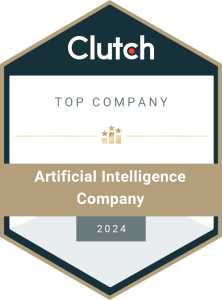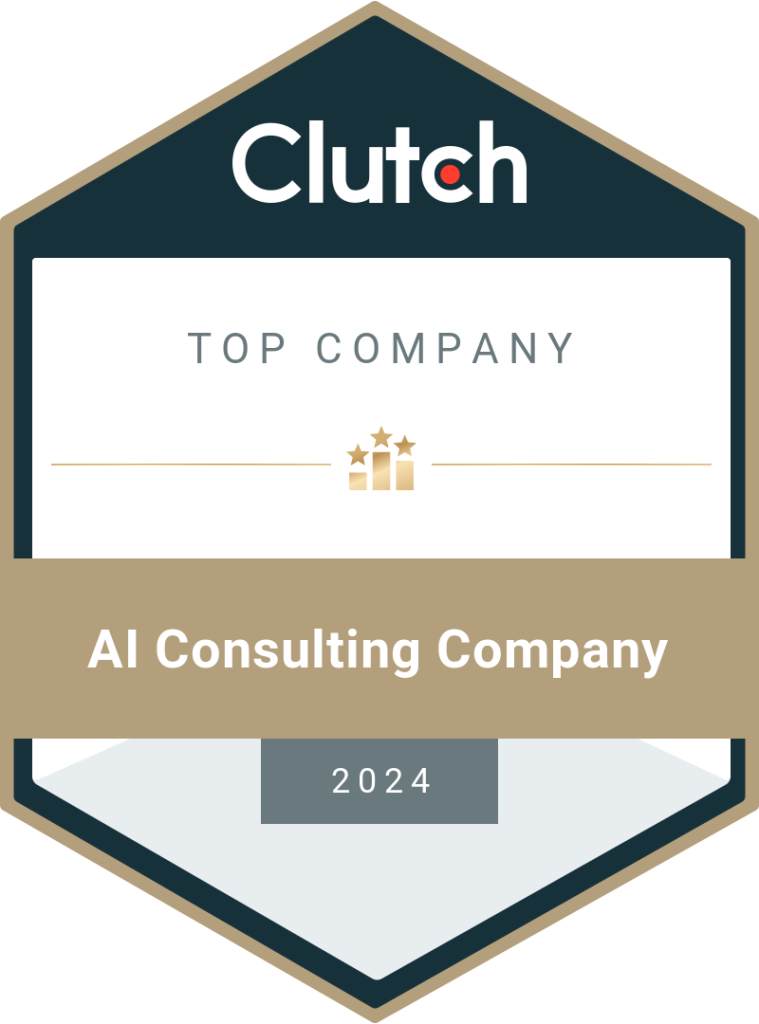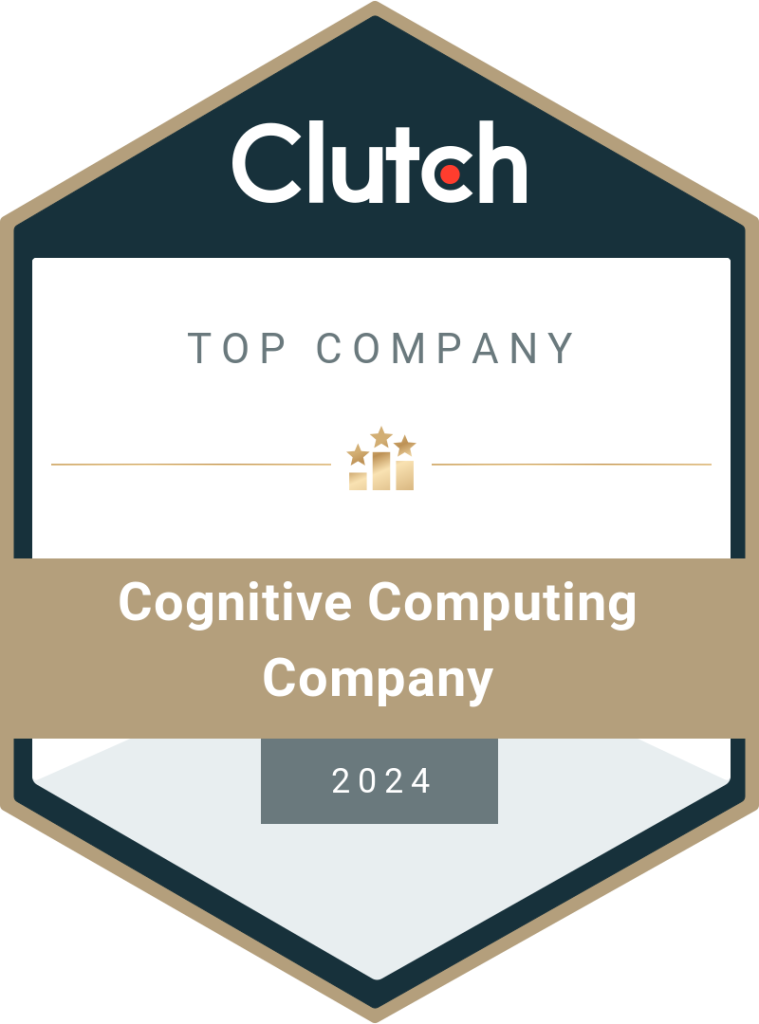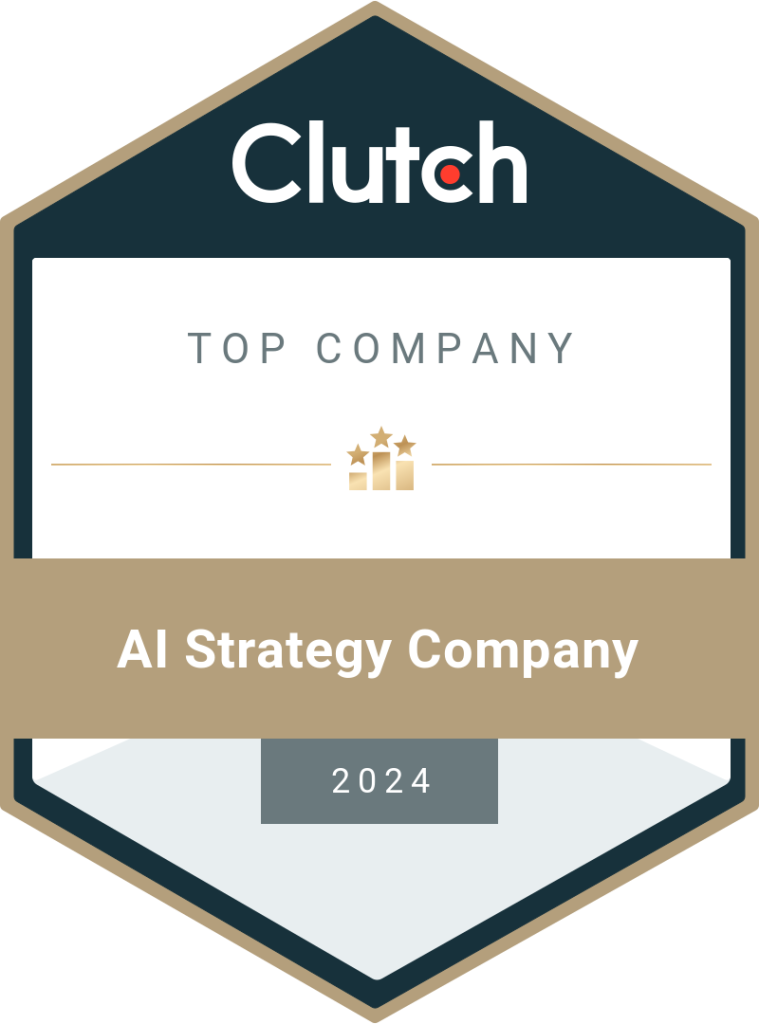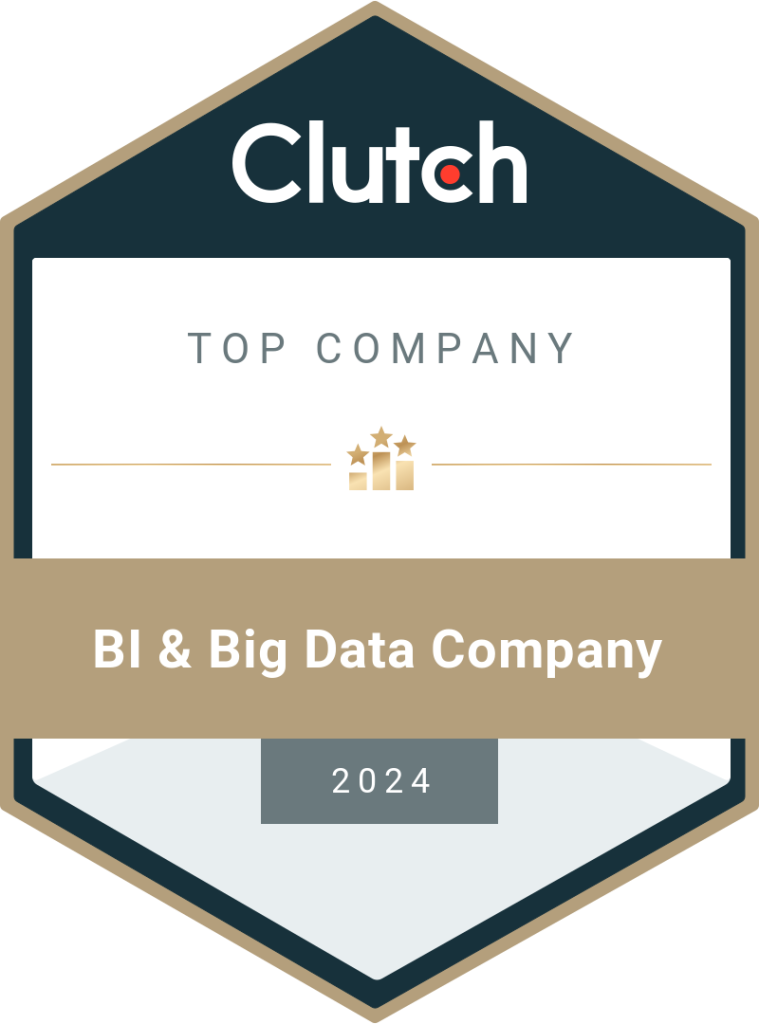12 Top Digital Transformation Trends 2024- Here’s All You Need To Know
Staying at par with the digital transformation trends can reduce operational costs, optimize resources, and increase overall business efficiency. The trends change each year, allowing enterprises to strengthen their systems from all sides. Here, we’ll discuss the digital transformation trends to watch out for in 2024 Digital transformation has become essential for a business to survive in today’s competitive world by relying on the latest technologies, applications, and cloud solutions to make data-driven decisions. Statistics show that 70% of organizations either have a digital transformation plan or are in the process of developing one. However, about 59% of businesses are yet to begin their digital transformation journey. Digital transformation is a continuous and ongoing process where the business data, systems, processes, and procedures are digitized and revamped. The IT infrastructure is migrated to cloud platforms to strengthen the business ecosystem. However, it doesn’t give immediate results. A study shows that 39% of executives think enterprises can see the benefits of digital transformation in three to five years. Moreover, digital transformation trends are constantly evolving. These trends change every year, depending on the global market scenario and advancements in technology. In this blog, we’ll read more about the top digital transformation trends for 2024. Let’s also glimpse how a business can prepare to make the most of these trends. What are the Digital Transformation Trends in 2024? Digital transformation can streamline processes, enhance customer experience, and increase business revenue. It empowers the organizations to be proactive and take advantage of the market opportunities before competitors. 1. Digital Immunity According to Gartner, organizations that invest in digital immunity by 2025 can reduce system downtime by up to 80%. Digital immunity is where the business system is designed to be more resilient and less risky. It will be less prone to breakdowns and have a higher recovery rate. This is to ensure business continuity and mitigate the risk of losses caused by disruptions. Experts say it can be achieved by combining continuous delivery of data-driven insights with automated processes to identify and resolve problems. The system will be more aware of its weak points and take care of itself with minimum human intervention. 2. Sustainability One of the biggest digital transformation benefits is sustainability. Many businesses are suffering from a lack of sustainability. While technology is responsible for the challenges, it also provides solutions to drive sustainability through innovation. According to a report by Accenture, 92% of businesses aim to achieve net-zero targets by 2030. However, this needs advanced technologies to measure the enterprise’s carbon footprint and find ways to reduce it. Data-driven insights can help businesses drive the necessary changes by enhancing the supply chain. Sustainability is also about collaborations between enterprises, vendors, governments, and nonprofit organizations to make the establishments more energy efficient. 3. Agility and Composability Composability is where a business combines its building blocks in different ways to make its processes more agile and flexible. While composable systems are not new, a composable business is an emerging concept as per the latest digital transformation trends. This requires enterprises to get rid of outdated legacy systems, bulky databases, and archaic technologies and replace them with the latest cloud solutions. An agile business has the much-required support to overcome various market challenges and reinvent itself whenever necessary, that too without attracting losses. A composable and agile business can stay one step ahead of competitors and use its capabilities to the fullest. 4. Mainstreaming AI and ML Artificial intelligence and machine learning are an integral part of digital transformation trends. Any establishment that aims to digitally transform its systems and processes has to invariably work with AI. Be it automation, virtual assistants, continuous training, predictive analytics, fraud detection, personalization, etc., are possible with artificial intelligence. Digital transformation consulting service providers offer AI and ML solutions to help businesses grow and increase customer satisfaction. For example, AI chatbots can provide quick and effective solutions to employees and customers. Predictive analytics helps the sales and marketing teams derive accurate insights about markets, customers, products, etc., to boost sales. AI and ML are used at every stage and across all verticals. 5. Multidimensional Big Data Big data analytics deal with large amounts of datasets that cannot be processed manually. In the coming year, the big data industry is becoming multidimensional with the development of hybrid cloud environments. Businesses don’t have to limit their systems to on-premises or cloud. The IT ecosystem can consist of both, creating a hybrid model that offers greater flexibility. Additionally, a network of data services is integrated to form a data fabric. This gives an enterprise complete access to datasets by increasing visibility without compromising security. It promotes data mobility and makes it easier to leverage analytics for real-time decision-making. 6. AR, VR, and Metaverse Augmented reality, virtual reality, and Metaverse are leading digital transformation trends in business for the last couple of years. Statista shows the AR/VR market is estimated to touch $31.12 billion in 2023. AR is more widely implemented as it doesn’t require equipment like expensive headsets and can be integrated into mobile apps. Though Metaverse is yet to become what it is supposed to be, many top brands are allocating budgets to work on it. Blockchain gaming and Metaverse are gaining tremendous popularity. Moreover, many businesses are collaborating with Metaverse platforms to conduct virtual events and promote their brands. Digital transformation takes businesses closer to building their own Metaverse platforms to increase market visibility. 7. Internet of Things and Edge Computing IoT is where smart devices are connected to machines to collect data in real-time to facilitate automation and increase system efficiency. Internet of Things is highly beneficial in many industries like manufacturing, mining, healthcare, retail, oil & gas, etc., to provide 24*7 updates to supervisors and reduce the risk of workplace accidents. Edge computing allows businesses to analyze data at the source without transporting it to other storage systems. This saves time and resources while also delivering real-time insights. IoT and edge computing increase data security and improve business scalability. These two digital transformation trends can help an enterprise manage its
Read More